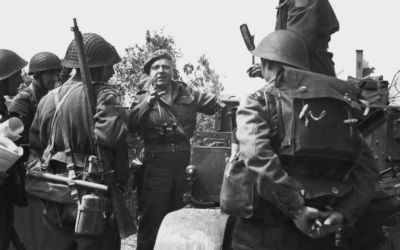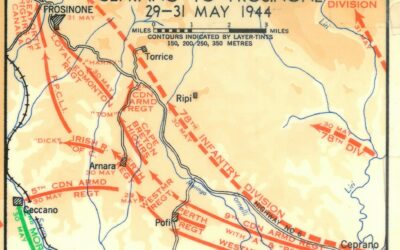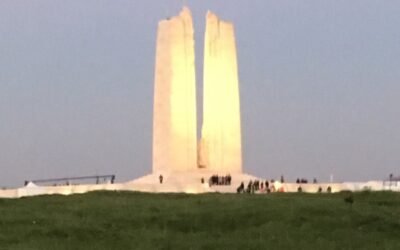“I called him my Soldier with Soul.” – Anne Snyder1
Jonathan Sutherland Snyder UE, BA, S.M.V. was born Dec. 20, 1981, and raised in Penticton. From a young age, he always wanted to be a soldier. He became many things over his 26 years, starting as an Army Cadet at age 12, an athlete in high school sports, an accomplished singer, musician and actor. Upon graduating with the Class of 1999, Penticton Secondary School, he earned a French Immersion Diploma. As a Cadet, he earned a National Gold Star and competed in the Outward Bound program in Wales, UK. At 18, he enlisted for officer training at Royal Military College while earning a Bachelor’s Degree at the University of Victoria with an English major. Jon was the Top Candidate on the Phase III Officers Course and earned his parachute wings and scuba divers certificates while serving with the 1st Battalion, Princess Patricia’s Canadian Light Infantry. As a Lieutenant, he was a platoon commander in C Company when deployed to Afghanistan during Op ORION in 2006 and earned recognition and promotion to Captain after the Battle of Panjwaii. Next, he deployed to Abu Dhabi, UAE, and learned Pashtu. Jon competed three times in the gruelling Canadian Death Race 24-hour 125km team and solo marathon, earning a Gold Medal in 2007.2
“It was probably about as bad as it gets . . . [and] it could have ended up a lot worse.”
Captain R. Peel3
February 2008 was the start of an eight-month tour in the Zhari district in Afghanistan with an Operational Mentoring and Liaison Team (OMLT). He wasn’t on the ground long before earning a Chief of Defence Commendation for his leadership and 1st aid skills during an accidental explosion among a group of Afghan National Army (ANA) soldiers he was tasked to mentor. In June, he led a four-man OMLT and a company of raw ANA recruits on a foot patrol looking for suspected weapon caches. Stopping between farmer’s fields near their first objective, they were ambushed by Taliban insurgents waiting in a cluster of nearby buildings. They all took cover behind low mud walls but were taking machine guns fire on three sides, and Jon feared they would be encircled or cut down while attempting to withdraw.
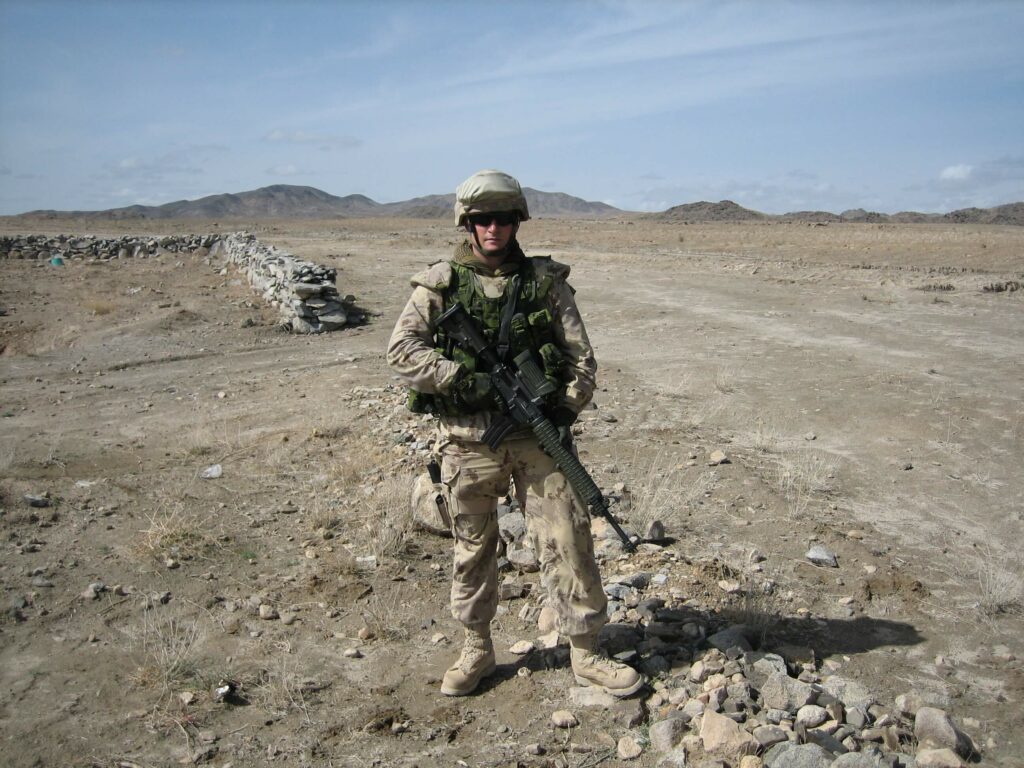
Photograph courtesy of the VBMLA
Jon didn’t panic but calmly organized their defence and urged the Commander to step up and lead. His example of aggressively returning fire helped galvanize the troops to do the same. The official citation for the four Canadians’ action reads: “Corporals Cary Baker, Donovan Ball and Stephen Joel Bancarz, and Captains Robert Peel and Jonathan Snyder were deployed to Afghanistan to serve as mentors to an Afghan company, when they were ambushed by Taliban insurgents on June 4, 2008.
With little chance of survival, they exposed themselves to great peril and retaliated against the enemy while encouraging the Afghan soldiers to do the same. Captain Snyder seized control of the situation and ensured that the Afghan soldiers retrieved their wounded comrades. Corporal Ball led a two-man team across broken terrain to secure an extraction route that allowed for the execution of a fighting withdrawal by Captain Peel and Corporals Bancarz and Baker. Because of their dedication, leadership and valour, many Afghan and Canadian lives were saved.”
Corporal Ball and Captain Snyder were awarded the Star of Military Valour, while Corporals Baker and Bancarz and Captain Peel were awarded the Medal of Military Valour, the second and third highest Canadian valour decorations. However, Jon was invested posthumously on Oct. 28, 2008, in Ottawa.
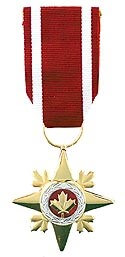
Image courtesy of the Canadian Military Journal
The Shadow that kills
After dark June 7 in the Zhari district west of Kandahar City, Jon and several other soldiers were on a security foot patrol wearing light-intensifying night vision cameras over one eye. The faint moonlight added to the inherent loss of depth perception in a world of shades of green and shadows. The area is honey-combed with underground irrigation canals accessed by wells, or Kariz, that were deep. On the surface, they were unmarked and uncovered holes that appeared as another shallow depression in the ground when seen through the cameras. Jon stepped into one of them and fell 20 metres into water. Immediately he tried to shed the 45 kg [about 75 lbs] of gear and boots as he fought to stay afloat. Above, in the dark, under threat by unseen assailants, men scrambled to assist, but the well was too deep to reach him. Jon fought to hold on until Engineers, rescue crews, and medics could hoist him out, but he was unconscious and pronounced dead upon arrival by medivac helicopter to the Multi-National Medical Unit at Kandahar Airfield. The next evening thousands of Allied troops assembled on the apron at Kandahar Airfield as Jon’s casket was solemnly loaded onto a transport plane for his final journey to Canada. He was buried June 16, 2008, at Beechwood Cemetery in Ottawa. “It was devastating,” said Capt. Peel, who assumed command of Jon’s unit. Corporal Bancarz noted the shock everyone felt at Jon’s passing. “It doesn’t matter if you get vaporized by an IED, riddled with bullets or fall in a well, it’s still hard.” Corporal Baker said, “We’re all there because we volunteered to do it, and Jon was the epitome of that. He was a natural leader.”4
One positive outcome was the revision of the qualifying criteria for the Canadian Sacrifice Medal to include those who lost their lives “as a direct result of a hostile action or action intended for a hostile force” and “as a result of injury or disease related to military service.” “Jon was patrolling at night in territory where the enemy was active. He was unable to give away his movements, using white light was not an option and his death, though accidental, was a direct result of his operational service in Afghanistan,” said Colonel (Retired) J. Hammond OMM, CD in a Times Colonist article.5
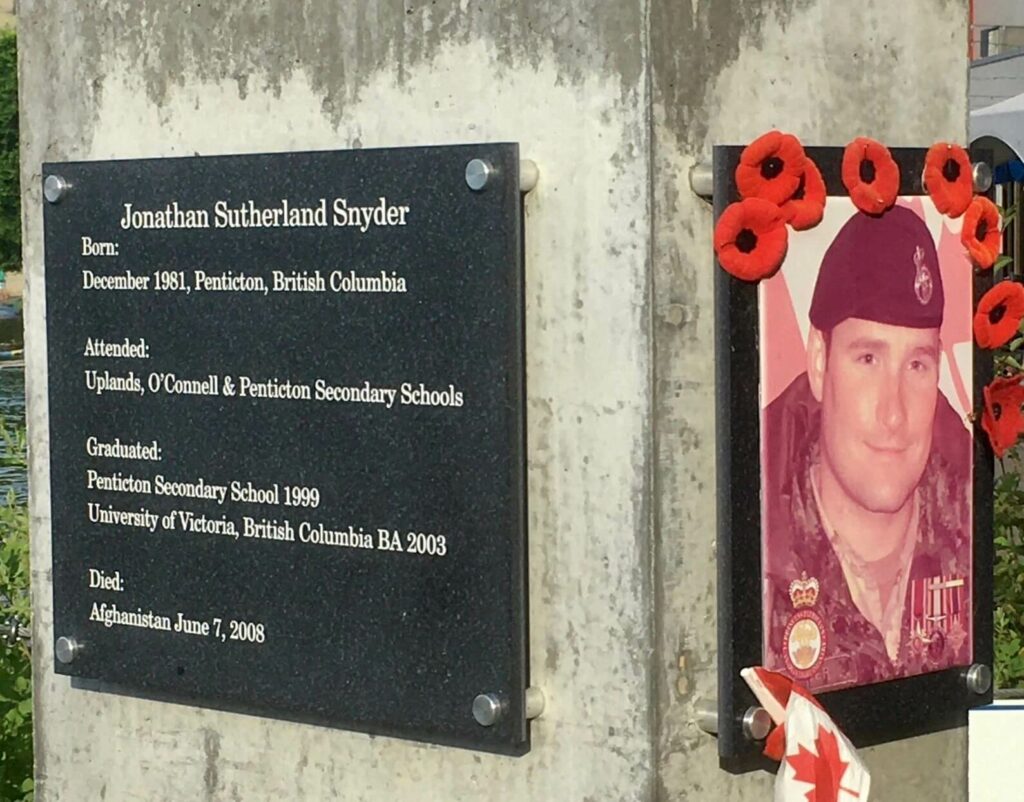
Image courtesy of The Loyalist Gazette
In an article called “He Stood on Guard for Us” in the Loyalist Gazette,6 Jon advised newly arrived soldiers not to confuse all the local Afghans with the enemy moving among them by saying, “The people here aren’t much different from the way people are back home in Canada if you’re dealing with teenagers and little kids. There are a lot of similarities. I’d say, go in there with an open mind and treat people as you would back home in Canada and go from there.”
Captain Jonathan Sutherland Snyder UE, BA, S.M.V. is remembered in Penticton with memorial plaques, a walkway named for him, and a memorial scholarship fund.
Sources
1] Anne Snyder qtd. in Katherine O’Neill and Rod Mickleburgh. “A Soldier’s misstep leaves fiancée, family heartbroken.” The Globe and Mail. June 9, 2008. https://www.theglobeandmail.com/news/national/a-soldiers-misstep-leaves-fiancee-family-heartbroken/article674283/
2] Josh K. Elliot “Canadian Jon Snyder helped save 50 Afghan recruits from the Taliban. Three days later, he died.” Global News. November 10, 2018. https://globalnews.ca/news/4622996/remembrance-day-jonathan-snyder-killed-afghanistan/
3] Ibid.
4] Ibid.
5] “Comment: Capt. Jon Snyder Was a True Canadian Hero.” Victoria Times Colonist, November 7, 2018. https://www.timescolonist.com/opinion/comment-capt-jon-snyder-was-a-true-canadian-hero-4667354
6] Bob McBride. “He Stood on Guard for Us.” The Loyalist Gazette Spring 2009, Vol XLVII, No. 1. United Empire Loyalists’ Association of Canada https://www.uelac.org/publications.php 13 – 18.

